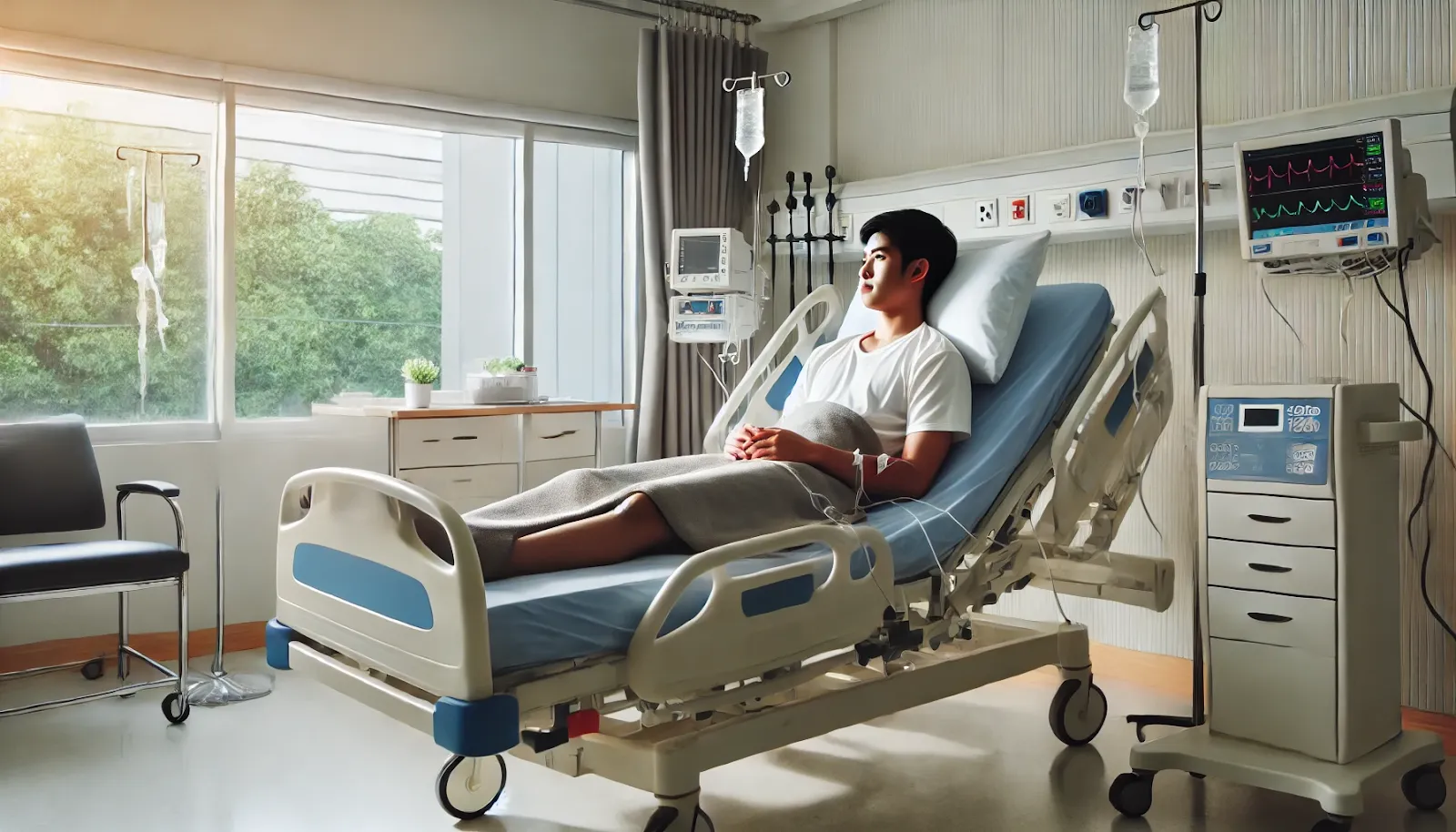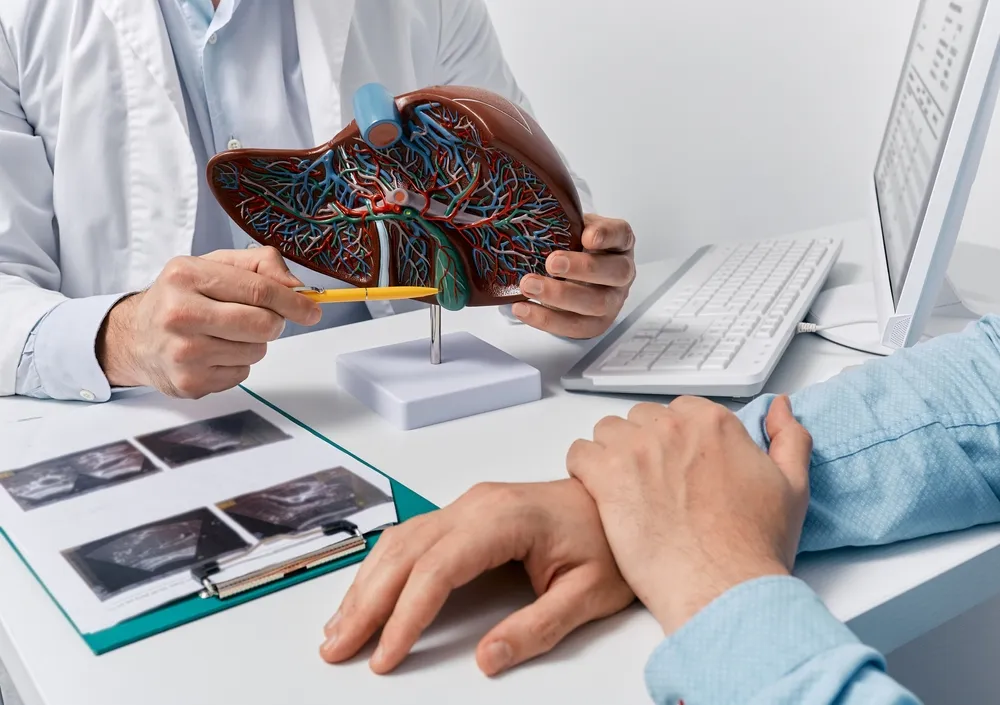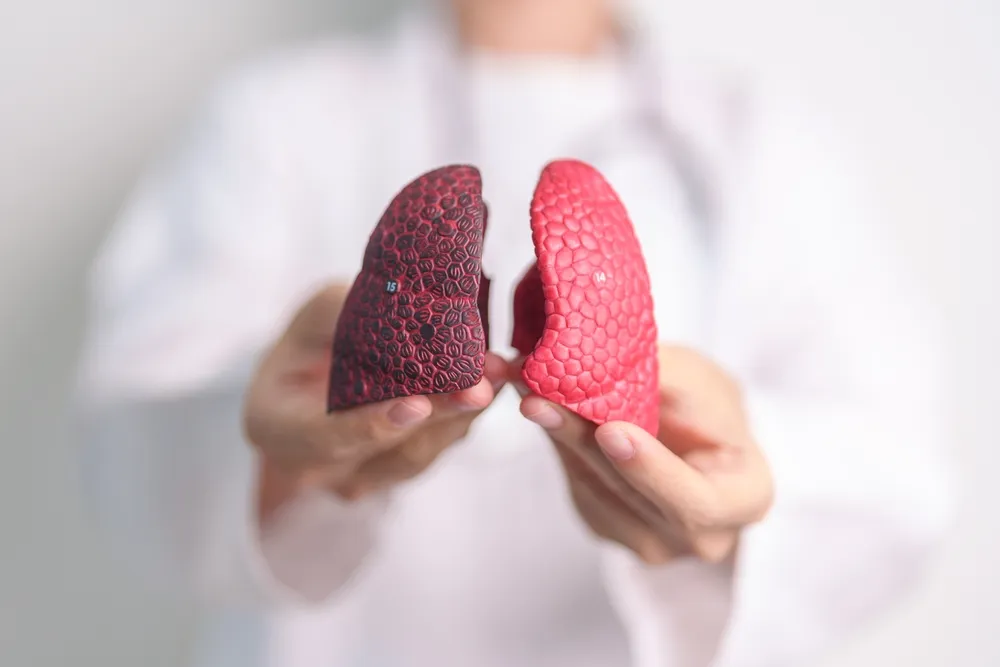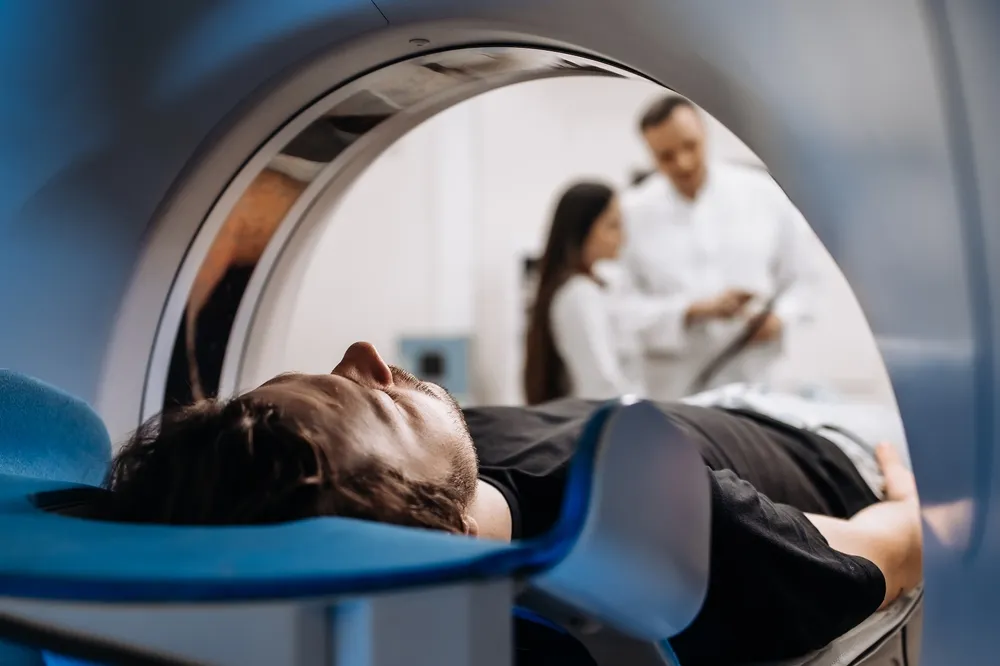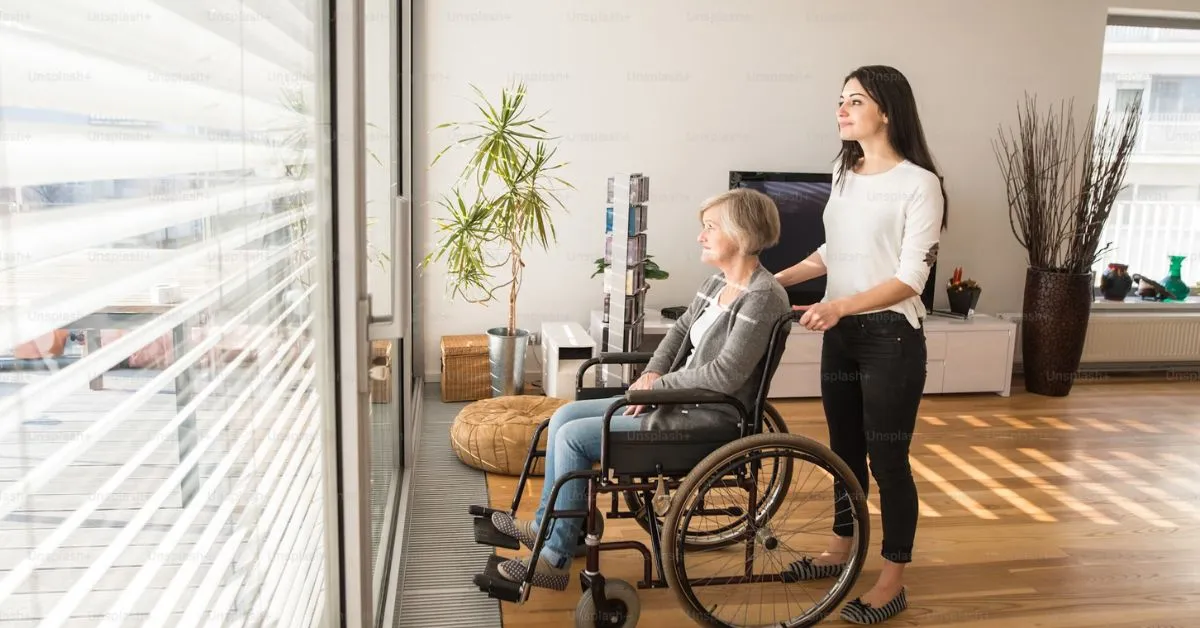Lung cancer is the most fatal cancer globally, with the highest death rate compared to other cancers. According to the World Health Organization (WHO), lung cancer causes over 1.8 million deaths annually.
Common Symptoms of Lung Cancer:
Chronic cough that does not go away
Shortness of breath and worsening chest pain
Coughing up blood or hoarseness in voice
Unexplained weight loss
🔹 Prevention:
Quit smoking and avoid secondhand smoke (passive smokers have a 20-30% higher risk of developing lung cancer).
Reduce exposure to air pollution and harmful chemicals such as asbestos and radon.
Eat foods rich in antioxidants, such as leafy greens and fruits, to support lung health.
Undergo regular lung check-ups, especially for those with a family history of lung cancer.
13. Thymus Cancer
Thymus cancer is a rare type of cancer but can be very dangerous if not detected early. The thymus is a small gland located behind the breastbone, playing a key role in the immune system by producing white blood cells (T lymphocytes).
Due to its location inside the chest, thymus cancer often shows no symptoms in the early stages. However, as the tumor grows, patients may experience:
🔹 Prevention:
There is no definitive cause of thymus cancer, but maintaining a healthy lifestyle can help reduce the risk.
Avoid exposure to harmful chemicals and excessive radiation.
Support immune system health with a balanced diet and regular exercise.
Consult a doctor immediately if experiencing symptoms related to thymus cancer.
14. Merkel Cell Carcinoma
Merkel cell carcinoma is a rare but highly aggressive type of skin cancer. It develops from Merkel cells, which are found in the upper layers of the skin and function as sensory receptors.
The exact cause of Merkel cell carcinoma is unknown, but key risk factors include excessive UV exposure, a weakened immune system, and infection with the Merkel polyomavirus. It usually appears on sun-exposed areas, such as the face, neck, and arms.
Symptoms of Merkel Cell Carcinoma:
Small, red or purple lumps that rapidly grow
Non-healing sores on the skin
Firm, painful lumps when touched
🔹 Prevention:
Use sunscreen (SPF 30+) when outdoors to protect skin from UV rays.
Avoid direct sun exposure, especially during midday.
Wear protective clothing, such as hats and long-sleeved shirts, when outdoors.
Have regular skin check-ups, especially for individuals with a history of skin cancer or frequent sun exposure.
15. Ovarian Cancer
Ovarian cancer affects the ovaries, the reproductive organs responsible for egg production and hormone regulation. It often shows no symptoms in its early stages, making it difficult to detect before it reaches advanced stages.
Risk Factors for Ovarian Cancer:
Family history of ovarian cancer
Genetic mutations (BRCA1 and BRCA2)
Hormonal influences, such as menopause
Common Symptoms of Ovarian Cancer:
Bloating or abdominal enlargement with no clear cause
Persistent pelvic or abdominal pain
Changes in bowel or urinary habits, such as frequent urination
Loss of appetite or feeling full quickly
🔹 Prevention:
Ovarian cancer screening for women with a family history of the disease.
Long-term use of oral contraceptives (birth control pills), which have been proven to reduce risk.
Maintaining an ideal weight and adopting a healthy diet.
Consult a doctor if experiencing suspicious symptoms, especially after menopause.
Conclusion
Understanding the types of cancer, causes, symptoms, and prevention methods is crucial for raising awareness and improving early detection chances. Cancer can affect various organs, such as the liver, lungs, breasts, colon, and ovaries. Major risk factors include an unhealthy lifestyle, exposure to harmful substances, viral infections, and genetic factors.
Early detection is key to increasing the chances of recovery. Therefore, it is important to undergo regular health check-ups, maintain a healthy lifestyle, and recognize early cancer symptoms.
Additionally, cancer treatment costs are often high, creating a financial burden for patients and their families. To anticipate this risk, you may consider Oona's cancer insurance, which provides financial protection against cancer treatment expenses.














